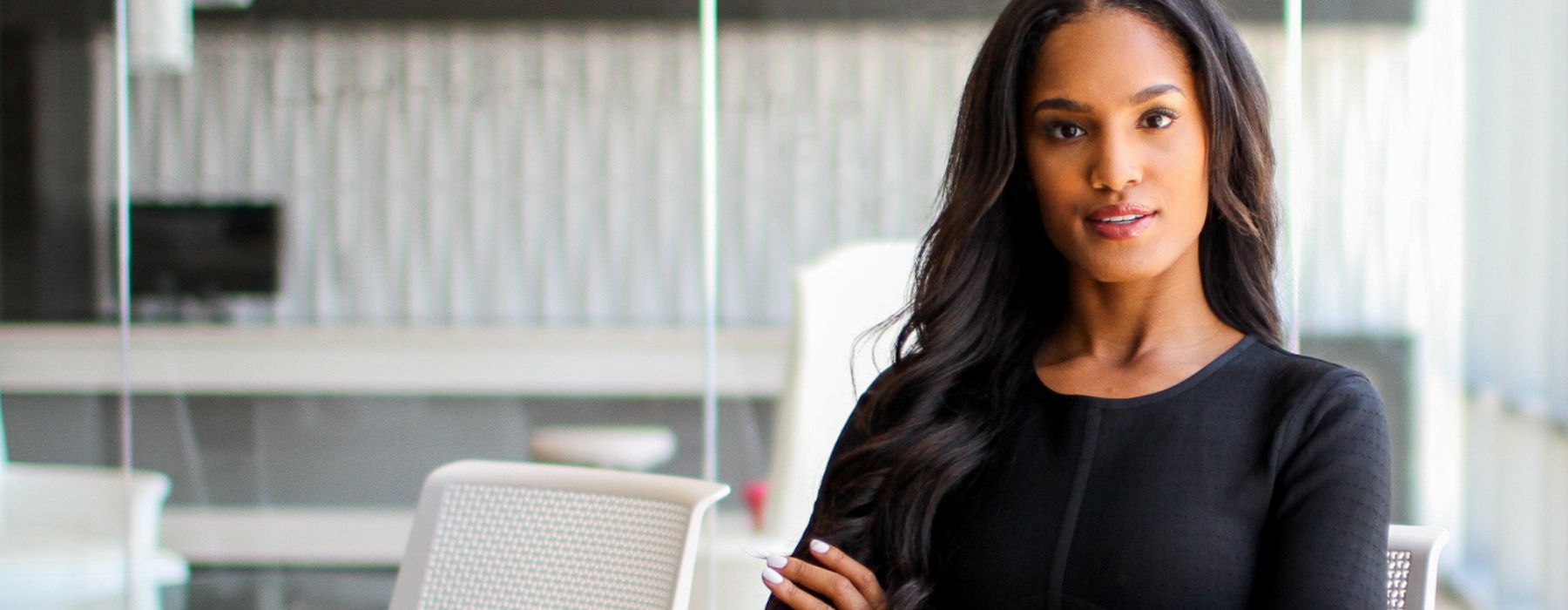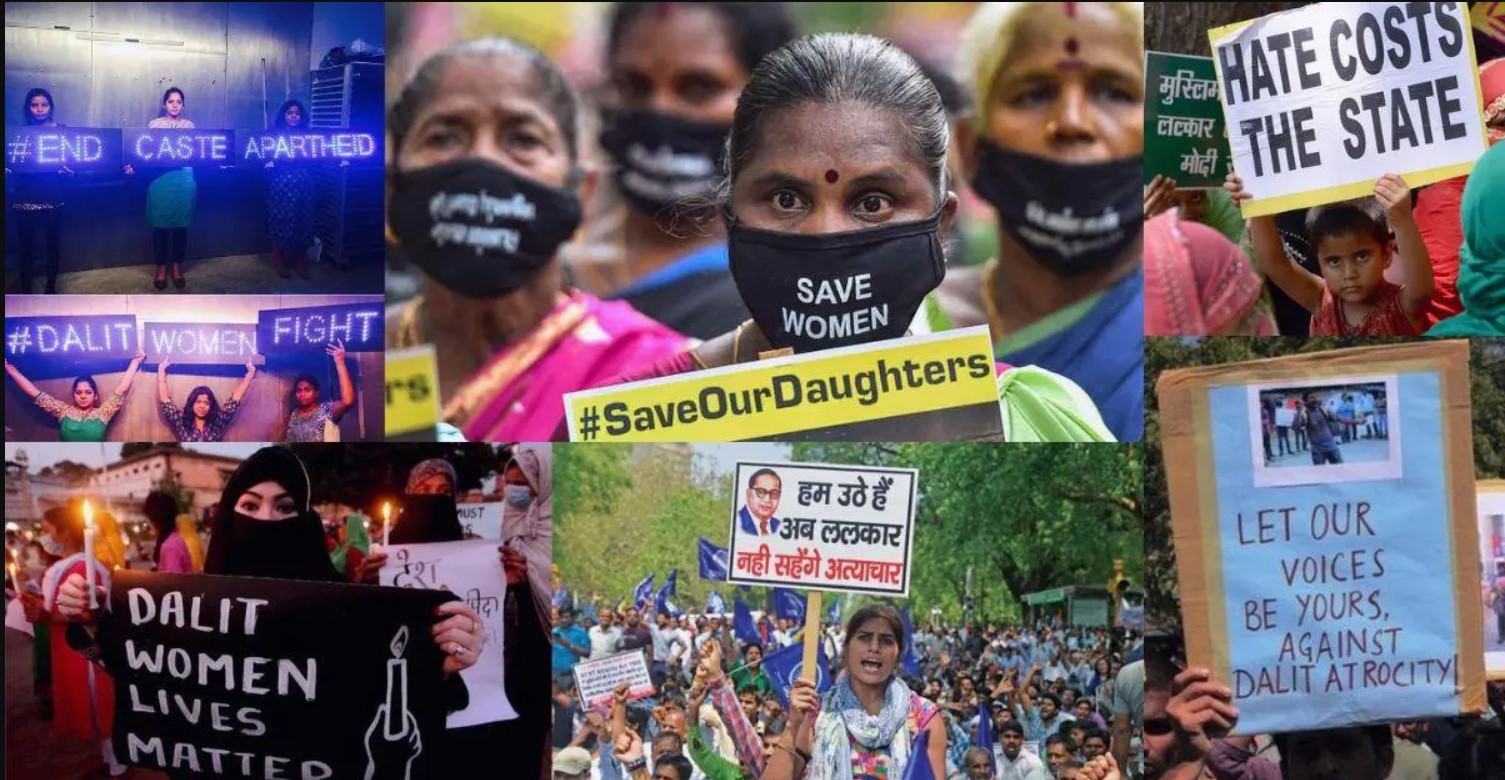Women getting the vote? Absolutely not. This was a popular view less than a hundred years ago. Since then, women have fought for representation, challenged the structure of society, questioned ‘democracy,’ smashed through ‘glass ceilings’ in the workplace and secured high-profile jobs in positions of power – we’re looking at you Christine Lagarde, Giorgia Meloni and Thasunda Brown Duckett. With March being International Women’s History Month and, as a women led agency, we’re taking a closer look at female power. ‘Girls just wanna have fun’ (so the song goes). But we think funds are more important. Join us for a celebration of how far we’ve come and some of the trailblazers who helped us get there.
The Hidden and Suppressed Talents of Women Pre WWI
Women have always been awesome, let’s make that clear from the start. The only problem was, they were virtually forced into domestic roles. Society expected women to stay at home, putting a huge emphasis on female beauty, homemaking and motherhood and no you don’t need a bank account or a vote do you? According to the 1901 census, less than a third of women in Britain were doing some kind of paid work. Typical jobs for working women (usually unmarried) were maids, cleaners or nannies for rich families. Some worked in textiles.
Women and the First World War: A Taste of Freedom
When the Great War broke out and men went off to war, the women thought to be ‘weak,’ ‘frail’ and ‘unintelligent’ were left to keep things together at home. How ironic. And in true ‘girl power’ style, domestic servants became farmers, window cleaners, gas fitters and crane drivers. Homemakers went into munitions factories, where their faces turned yellow and their hair green from chemicals. And many tended to the wounded as nurses, ambulance drivers and translators. UK Women in total employment rose from 24 % in July 1914 to 37% by November 1918.
Fun Fact: Maida Vale was the first station to be staffed entirely by women when it opened on 6 June 1915, with a team of eight women undertaking every single duty. On 1 November 1915, the first woman conductor, Mrs G Duncan, began work on a Thomas Tilling route number 37 bus. The London General Omnibus Company followed in 1916, eventually employing 4,600 women.
And it was the same across the pond. A quote from the University of Washington read:
There has been a sudden influx of women into such unusual occupations such as clerks, ticket sellers, elevator operator, chauffeur, street car conductor, railroad track walker, section hand, locomotive wiper and oiler, locomotive dispatcher, block operator, drawbridge attendant and employment in machine shops, steel mills, powder and ammunition factories, airplane works, boot blacking and farming.
As women took traditional male jobs in the United States, African American women were able to make their first major shift from domestic employment to work in offices and factories. Recent research also shows that a limited number of African American women served overseas as volunteers with the YMCA.
The “Hello Girls” – Delayed Veteran Status
Women rocked WWI. Many even worked on the front line, improving communications on the Western Front between Allied Forces. Nicknamed the “Hello Girls”, these recruits were brave and focussed under pressure. But still, people tried to steal their shine. Not only was the term “Hello Girls” kind of disrespectful and condescending but they didn’t receive veteran status when they returned to the US. Angered by the lack of recognition, the Signal Corps women took up the cause, petitioning Congress for decades to make things right. In 1977, President Jimmy Carter signed legislation that stated the surviving telephone operators should receive veteran status and benefits. This was despite opposition from the Veterans Administration and the American Legion.
The power of persistence is clear to see here.
Wages for Women During WW1
The notorious pay gap we all know and hate goes back decades. While women were doing the same jobs as men during the war, they were paid significantly less. They did not stay quiet, however. The women workers on London buses and trams went on strike in 1918 to demand the same increase in pay (war bonus) as men. The strike spread across the South East to the London Underground. And by 30 August 1918, the Government awarded the full backdated war bonus increase to the women and extended the increase to munitions workers. These strikes were the first equal pay strikes in the UK which were initiated, led and won by women.

Women and the Right to Vote
The voices of women continued to be heard with the suffragette movement changing lives in Britain forever. In 1918, the Representation of the People Act allowed women over the age of 30 the right to vote if they already voted in local government elections or were married to men who did. The Act gave all men aged 21 the right to vote or at aged 19 if they had seen active service and were not legally disqualified. A fifth of women over 30 did not fulfil the voting requirement. 60% of women could not vote. This meant 12.5 million men had the right to vote compared to 8.5 million women. It took another ten years before all women got the vote on the same basis as men with the passing of the Representation of the People (Equal Franchise) Act in 1928. Across the pond in the USA this happened in 1920 when the 19th Amendment gave women the right to vote.
And What About Pay?
When World War II broke out in Europe in 1939, women were needed once again – surprise, surprise. While some limited agreement on equal pay was reached if women performed a ‘man’s job’ ‘without assistance or supervision’, most employers managed to dodge issues of equal pay. On average, women received 53% of a man’s pay. Despite more job openings, women were still considered secondary earners. Women could not open a bank account in their own name in the UK until 1975. What’s more, single women couldn’t apply for a loan or credit card in their own name without a signature from their father, even if they earned more. Women in the US were allowed to open a bank account of their own in 1974. While this right was technically granted in the 60s, they still needed permission from their husbands.
Women also had to fight hard for equal pay, with strikes taking place regularly throughout the 50s and 60s. Eventually, the Equal Pay Act of 1963 was passed by Congress and President Kennedy signed it into law on June 10, 1963. The Equal Pay Act (1970) was passed in the UK, applying to the public and private sectors.
It Ain’t Over Yet
Women’s Day is celebrated in many Western countries with flowers, chocolates and a nice Instagram post. But there are still many areas we need to focus on. Some of the key issues facing women and girls include:
- Violence against women and girls
- Child marriage
- Access to Education/Literacy
- Gender pay gap
- Poor medical care
- Insufficient access to sanitation facilities
- Lack of women in leadership
- Representation of women
- Sexual harassment
The Trailblazers of Modern Times
As you can see from the suffragette movement, the war efforts, pay strikes, equal pay struggles and more, women never gave up. After all, girls just want to have funds. Muriel ‘Mickie’ Siebert was known as the first woman on Wall Street and we’ve written all about her here. Rosemary Mcfadden also joined the New York Mercantile Exchange (NYMEX) in 1981 and ended up becoming the first woman President of any US stock exchange in 1984. You can check her out here. There have been many shining success stories throughout the years and these days, it’s not unusual to see women on government finance boards, running countries, as MPs, millionaires and women empowering and educating other women. Here’s a rundown of some of some of the women we love here at Contentworks.
Janet Yellen
In 2014, Janet Yellen became the first female chair of the Federal Reserve in its 100-year existence. Today, she serves as the Secretary of the Treasury under President Joe Biden. Her incredible career includes years spent as a member of the Federal Reserve Board of Governors, and chair of the Council of Economic Advisers under President Bill Clinton.
Thasunda Brown Duckett
International Women’s History Month wouldn’t be complete without Thasunda Brown Duckett, one of only three black female CEOs to ever run a Fortune 500 company. She’s also the first female CEO of the more than 100-year-old TIAA – a financial services giant with $1.3 trillion assets under management, more than 4.7 million individual customers and more than 12,000 institutional clients. Since her appointment as CEO in 2021, she has shown commitment to promoting diversity and inclusion, not just within her company, but within the industry as a whole.
Jane Fraser
Just 50 years ago, women couldn’t even open their own bank accounts without the help of a man. Now, Jane Fraser is the Chief Executive Office of Citi, the world’s most global bank which serves clients in nearly 160 countries and jurisdictions. Educated in Cambridge and the Harvard Business School. Fraser worked at McKinsey & Company for ten years, rising to partner before joining Citigroup in 2004. She was appointed CEO of the bank in 2021.
Michelle Gass
As former President of Starbucks and CEO of Kohls from 2018 to 2022, Michelle Gass is now making waves as the CEO of Levi Strauss & Co. She’s also on the company’s board of directors. Appointed CEO in January 2024, Gass brings more than thirty years of experience in the retail and consumer goods industries to the role.
Mary T Barra
When you know and understand women’s history in the workplace, the achievements of Mary T Barra become even more incredible. As the CEO of General Motors (GM) since 2014, Barra is the first woman to lead one of the big three automakers in the US. She’s invested billions into electric vehicles and self-driving cars, with GM aiming to produce one million EVs by the end of 2025. She is also the chair of the Business Roundtable, a collection of America’s most powerful corporate CEOs. She also sits on the board of directors for the Walt Disney Company.
Cristina Junqueira
Cristina Junqueira co-founded Brazil-based Nubank aged just thirty. This is now the world’s most valuable digital bank. Junqueira became a billionaire when Nubank debuted as Nu Holdings on the New York Stock Exchange in December 2021 at a valuation exceeding $50 billion. She owns nearly 3% of Nubank and is completely rocking it in the finance space. With all the former barriers put in place for women in the workplace, especially the finance sector – this is incredible.
Sallie Krawcheck
As the Founder and CEO of Ellevest, Sallie Krawcheck is an inspiration for female entrepreneurs everywhere. As an investment and financial literacy platform aimed at women, Ellevest is all about encouraging female power in the finance space. The business gives very specific reasons why women should take control of their finances and some of the reasons might shock you. For example, 74% of women die single. Therefore, it’s beneficial for them to stay in control of their finances. We salute you Sallie.
The Future is Bright
“It’s an amazing time to raise funding as a female founder,” Victoria Zorin, founder of Australian crowd analytics software company Nola Technologies, told CNBC at the Forbes 30 Under 30 Summit Asia in Singapore. Zorin was also among this year’s list of honors. She continued: “there’s been a big shift in the last eight years … because people have invested into programs and awareness … and now investors are expected to invest into female-led startups.” So, if you’ve got a dream – shoot for the stars.
Happy International Women’s History Month from the Contentworks Team. As an agency run by hardworking women from the finance space, we greatly support those trying to make a change to their sector. Go smash it.

